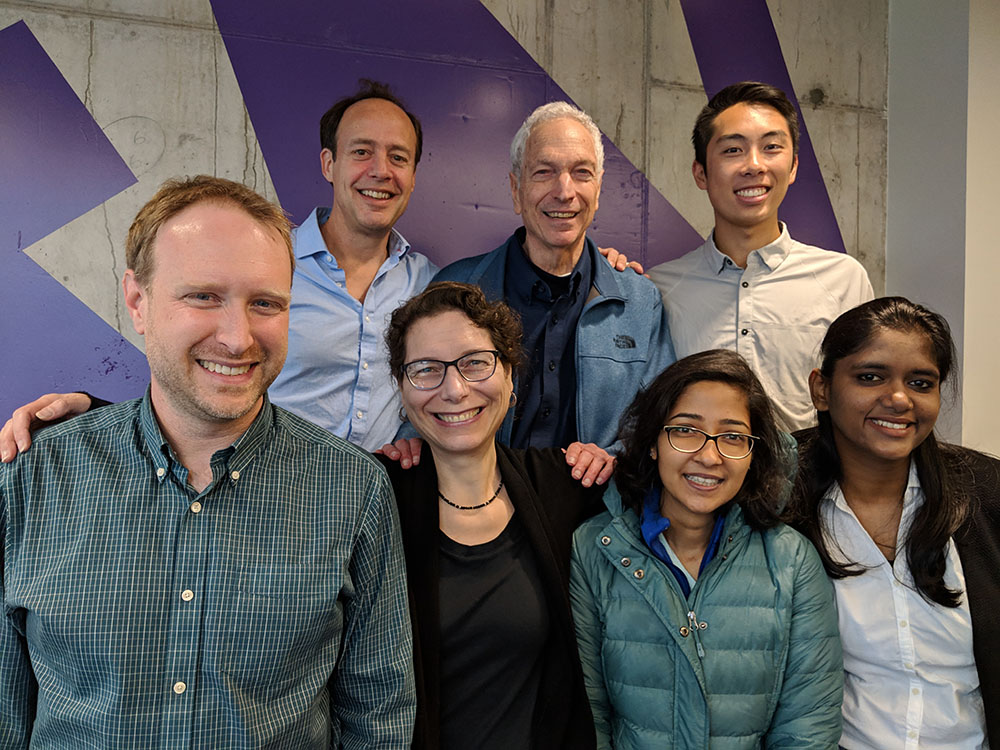
One of the most challenging stages for UW research teams is when they’re past the point of academic research grants but they don’t yet have the prototypes, software, or data they need to attract seed funding. Over a decade ago, UW CoMotion formed a partnership with the Washington Research Foundation to provide funding to help entrepreneurs bridge this gap. Since 2005, the CoMotion Innovation Gap Fund has awarded over $9.5 million, backing 77 spinoffs and 95 patents.
“Our goal is to help innovators spinout their technology as a startup or social enterprise or to strengthen the opportunity for licensing,” says Jeanette Ennis, CoMotion’s Associate Director for Innovation Investment. “We want to help them maximize their impact … whether as a startup or something else.”

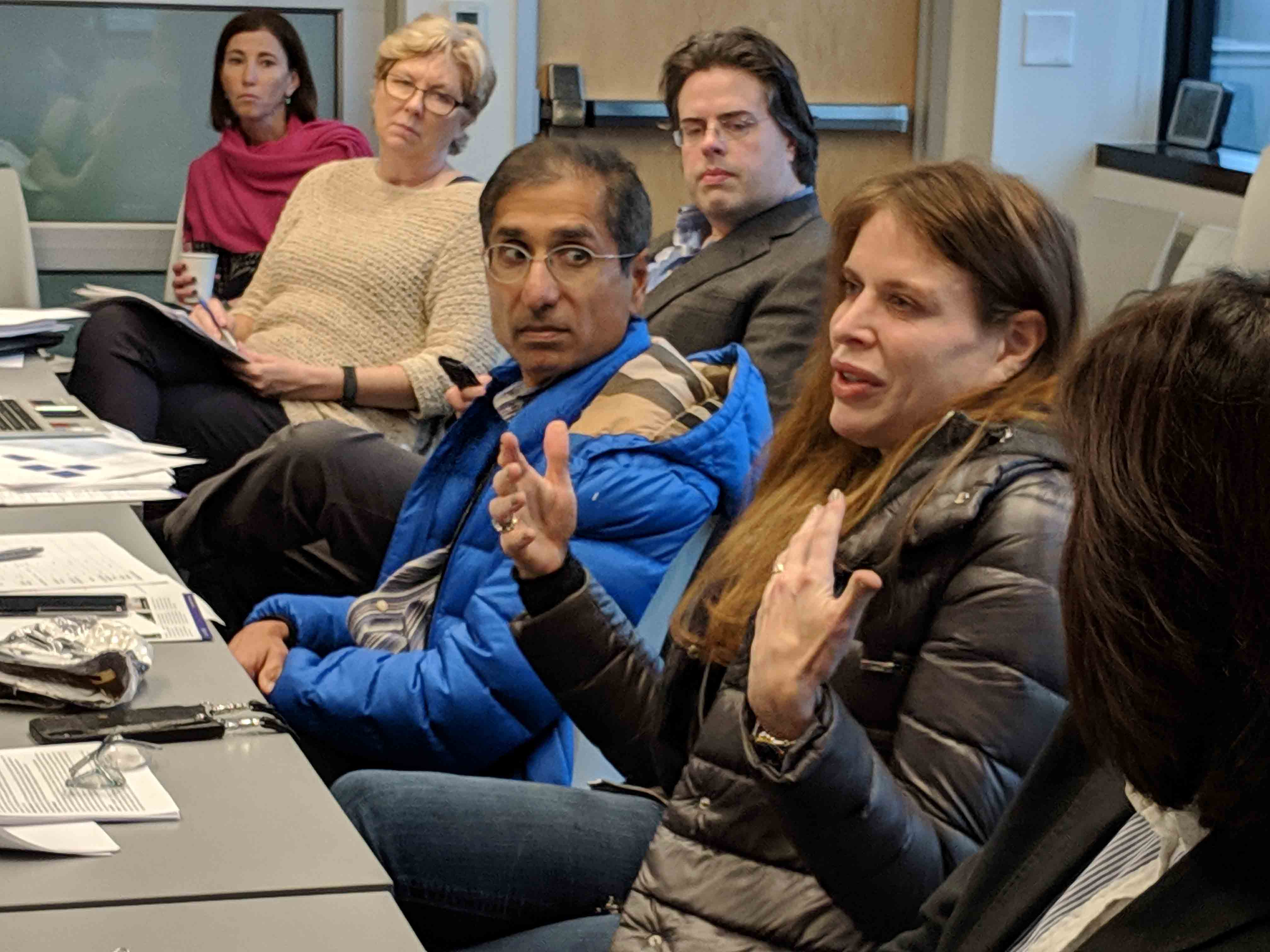

Each year, the CoMotion Innovation Gap Fund (formerly called CoMotion Innovation Fund), awards up to $1M — typically $50K given to 20 technology teams — which winners use to create prototypes, develop software, research customer demand, and more. This funding is open to any innovator who has disclosed their technology to CoMotion and is available to all sectors including engineering, IT, life sciences, and social innovation.
Once innovators have consulted with their assigned CoMotion innovation manager, they go through a multi-stage application process which includes pitch training and writing an executive summary. Knowing your customer is key to being successful in this process. “Successful applicants spend time developing a clear customer profile,” Ennis says. “They’re not just building something they think is cool, they’re building something people want.”
At the end of this four-month process, participants pitch their business model to a panel of local investors. The panel then scores each team based on criteria including what customer pain their product or service addresses, competitive differentiation, sustainability of the venture, and more. Awards are in the sum of $50K per team, with $40K allowed for continued project development, and $10K earmarked for business development.
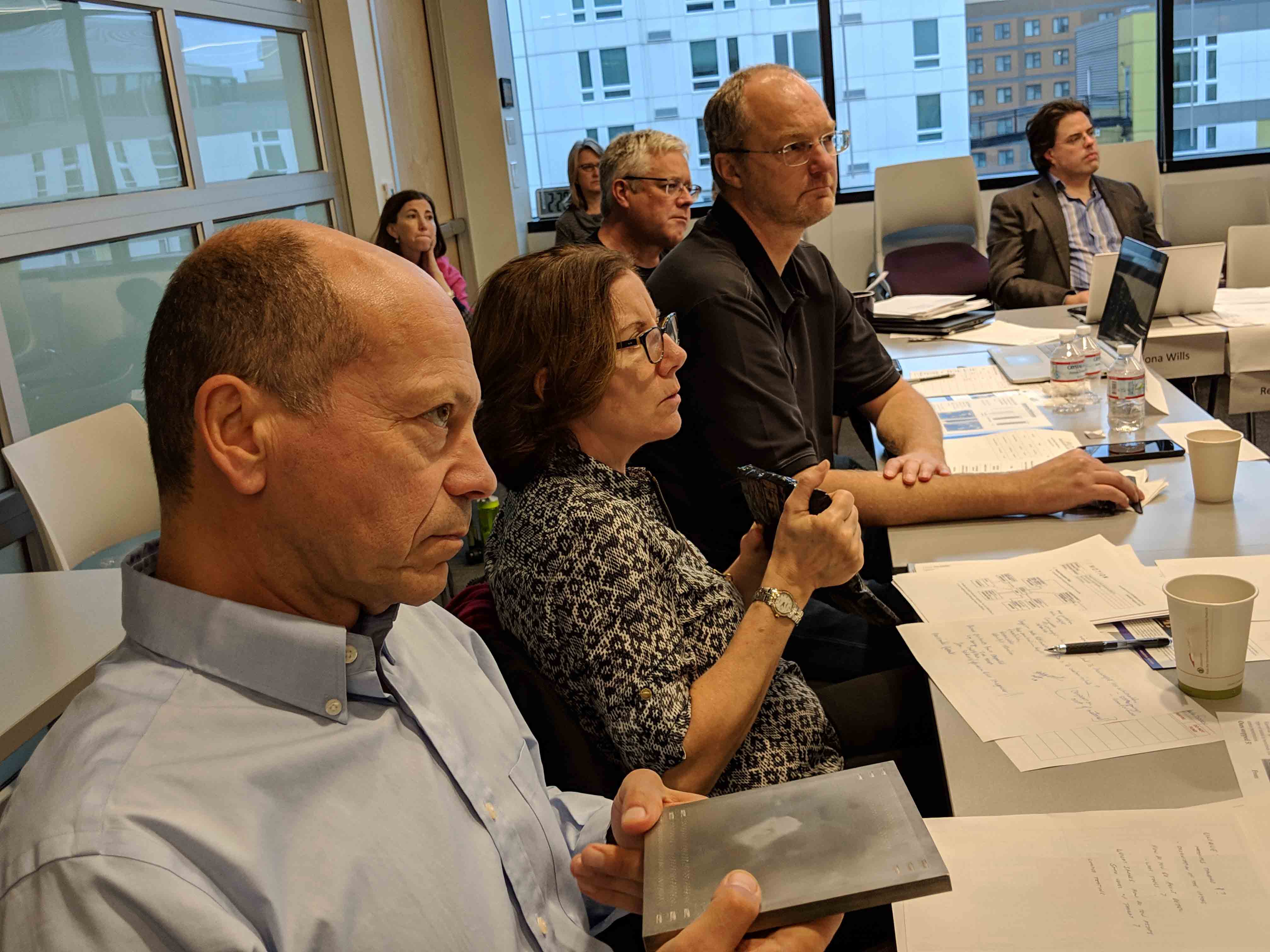


The winners

Team lead: Dylan Rose.
Clip by Glimpse Wearables is a camera embedded in a stylish headband that allows live music listeners to capture their favorite events. The headband is given out at the show and can take pictures and videos via the click of a button. The media is then displayed on our online viewing platform where users and artists can interact with their media.

Team lead: Jae-Hyun Chung
The major engineering innovation is the development of the novel non-contact sensor to track eyeball movement. The sensor is composed of multi-walled carbon nanotubes (MWCNTs) embedded in a micro-cellulose fiber matrix. When the matrix is fractured, the MWCNTs form capacitance network working as sensors to detect eyeball movement.

Team lead: Stuart Solomon
Perioperative opioid prescribing behaviors lack evidence for guidance. Further, no technology or method exists that monitors or tracks home opioid use patterns. The ability to monitor and track individual patient pill usage establishes trends data that can guide opioid prescribers to reduce over and under prescribing, optimize perioperative pain management, and establish patient-specific usage thresholds for post-surgical follow up. We aim to fill the gap in knowledge by developing a home patient-controlled analgesia (PCA) device that delivers prescription-based allocation of opioids, encourages the use of adjuvants, tracks and monitors pill usage and pain control, alerts providers when usage data reflects poor pain management or risk for opioid dependence and retains unused opioid medications for appropriate return and disposal.

Team lead: Dwayne Arola
Our innovation involves a engineered material system that will serve as the ‘next generation’ of flexible armor materials. The materials are inspired by the microstructure of fish scales and can be tuned according to the needs of flexibility, weight and ballistic energy. The flagship application involves new light-weight hard armors to be used as supplemental protection (second defense) to resist improvised explosive devices (IEDs) and other ballistic projectiles that are threats to HUMVEEs.

Team lead: Eric Seibel
BioVizia™ enables food processing plants to avoid food contamination incidents by rapidly verifying removal of bacterial biofilms from surfaces. The BioVizia device detects the presence of live bacteria in real-time using spectral analysis.
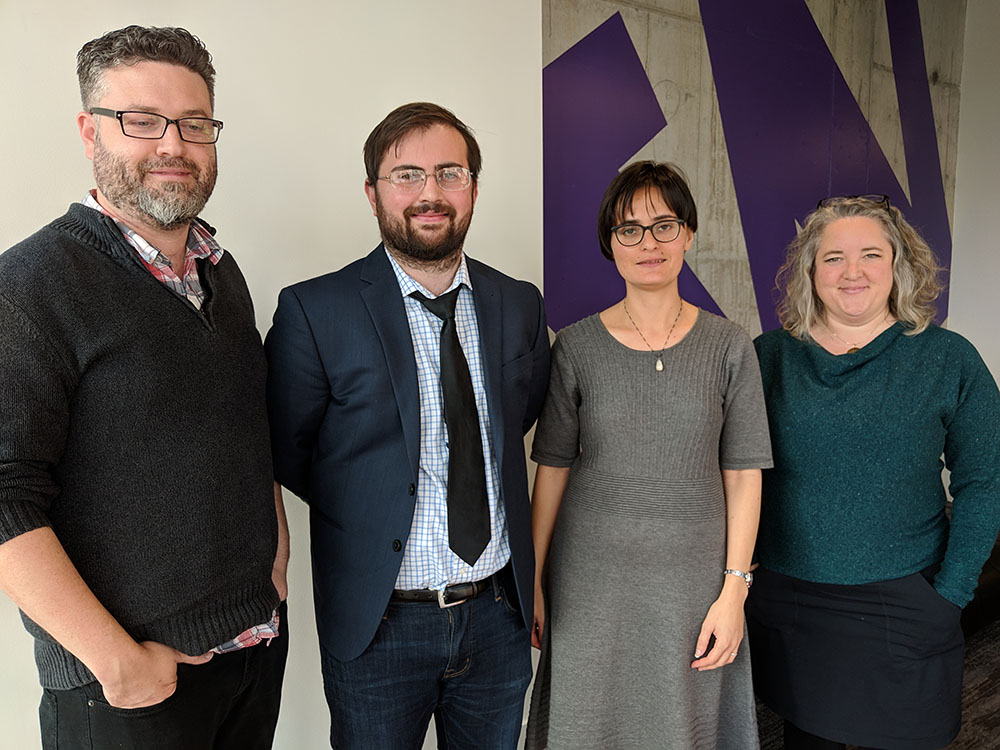
Team lead: Matt Kaeberlein
Model organisms such as yeast, C. elegans, and fruit flies are the workhorses for many fields of biomedical and biological research, but progress is hampered in many cases by the need for scientists to perform tedious, repetitive tasks. We have developed an automated, robotic system and software package to perform assays such as lifespan, stress resistance, and activity monitoring in C. elegans.
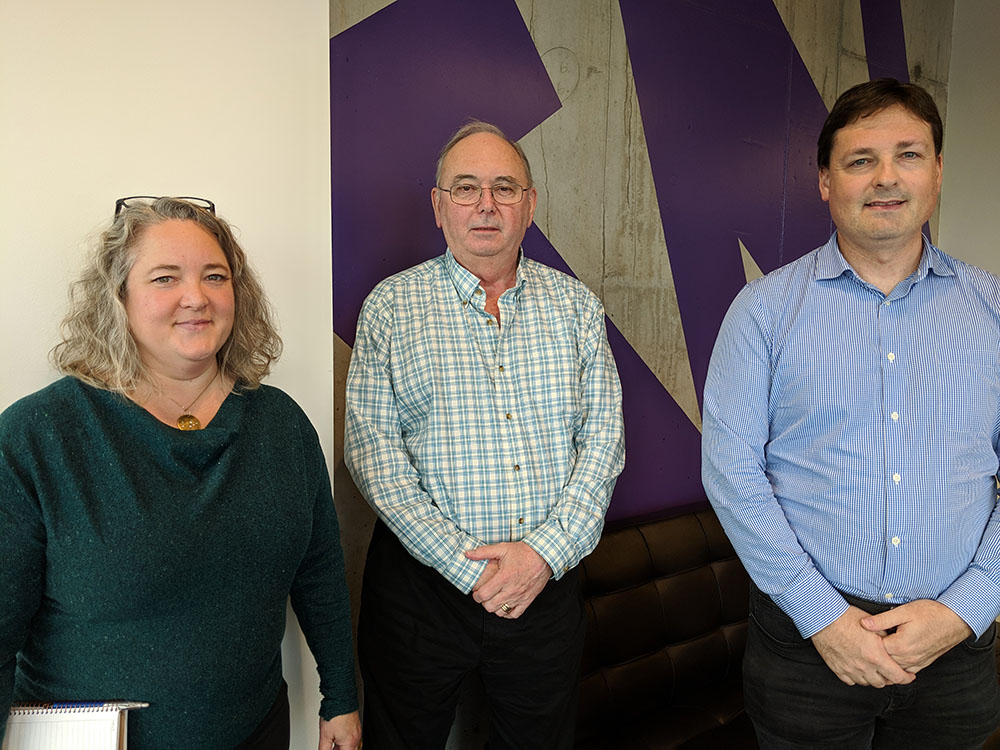
Team lead: Nicholas Whitehead
Immuno-therapeutic targeting of muscle (Myosana): Our innovation is a novel method for immuno-targeting and delivering therapeutics to muscle. We are currently in the pre-clinical, proof of principle stage.

Team lead: Tina Li
Our design facilitates fast and accurate cutting of fibula segments without any lead time or extra cost. Our design incorporates three degrees of freedom: (1) rotation in the vertical axis (yaw), (2) tilt, (3) translation in one axis.

Team lead: Srdjan Jelacic
A bite block is a single-use medical device that is designed to keep the patient’s mouth open during invasive imaging procedures such as endoscopy, echocardiography and bronchoscopy and protect the imaging probe from damage. The patients undergoing invasive imaging procedures are either under general anesthesia or sedated during the procedure and are unable to keep their mouth open on their own. Although several products on the market can successfully keep the mouth open during the procedure, their structural and material properties (hard plastic) can lead to patient’s soft tissue or teeth injury and imaging probe damage. The proposed design addresses these problems by adapting an ergonomic shape and compliant material properties.
“We want to encourage investigators to use this funding toward building a sustainable venture,” Ennis says. “Thus, we encourage innovators to think realistically about their business model as they develop their technologies.”
From affordable and effective malaria drugs to eco-friendly fertilizers, we’ve seen many companies use this funding to develop products, services, and technologies that ultimately have a big impact on the world.
Learn more about the CoMotion Innovation Gap Fund.